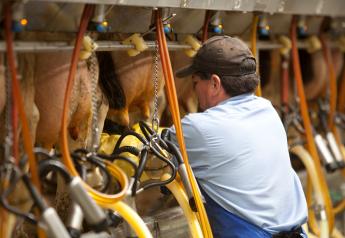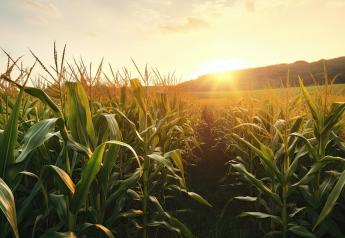John Phipps: How the COVID-19 Pandemic Could Have Long-Haul Implications for Veterinarians
U.S. Farm Report 07/31/21 - John's World
There will doubtless be an outpouring of research on the COVID pandemic. It may never be fully documented, but some of those changes are worth noting now.
For example, the baby boom effect after previous social interruptions such as the New York blackout in 1977 turned out to be myth. For the pandemic, not only is there no hint of increased births now nine months later, but a baby bust may be coming. The birth rate plummeted after isolation to slow pandemic spread. The quarter ending December 2020 shows about 4% fewer babies than expected.
At the same time, though, companion animals, like dogs and cats, were popular family additions. Pet ownership increased from 67 to 70% of households in one year – an all-time high, according to the American Pet Products Association. Speculation why this is occurring include isolation and loneliness and increased time to spend with animals. The eye-opener for me was the jump in pet food spending – a whopping 11%. Industry analysts attribute most to that increase to purchases of perceived higher quality pet foods. People are choosing the same food qualities for pets we have been talking about for people, like organic or non-GMO.
Meanwhile, increased pet ownership has created an overload for veterinarians. As reported in the Chicago Tribune, some clinics have seen an estimated 75% increase in patient load. Appointments that used to be made within a few days are now month waits. Animal shelters are seeing higher adoptions and sharply lower numbers of animals taken in. Like practically every sector of the economy, the worker shortage including vets, vet techs and even office help is a big problem. Not surprisingly, vet bills are getting larger, but it would seem to be one expense pet owners will not cut.
The fate of rural mixed animal practices however is grim. As large animals become increasingly concentrated, those producers often have in-house veterinarians. Outside of such careers, the money to pay back enormous student debt from vet school makes small animal practice the specialty of choice. With 90% of vet students, and 60% of practicing vets now female, resistance of livestock owners to female vets and new graduate preferences may spell the end of the iconic country vet. COVID may not have changed everything, but it changed many unexpected things a lot.







